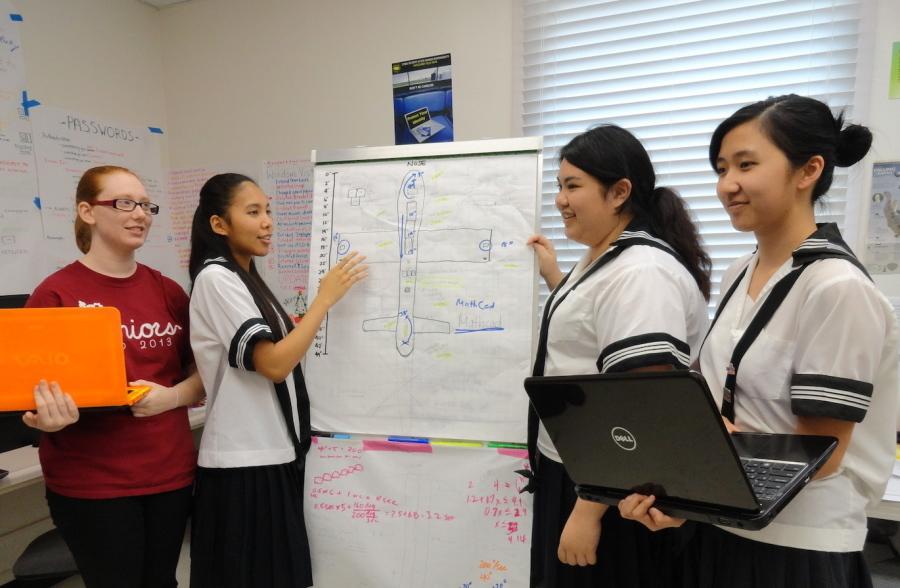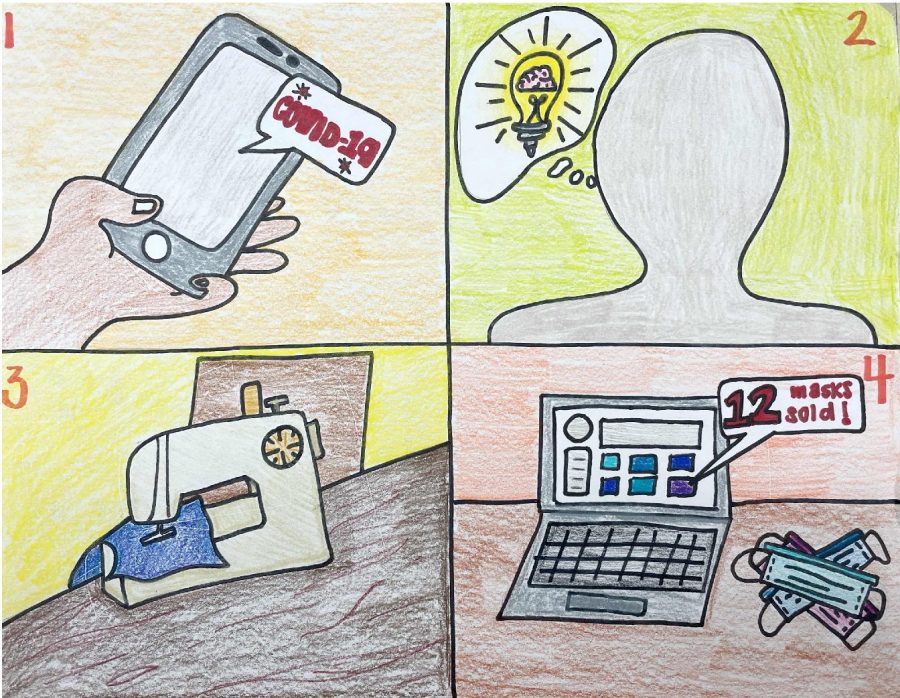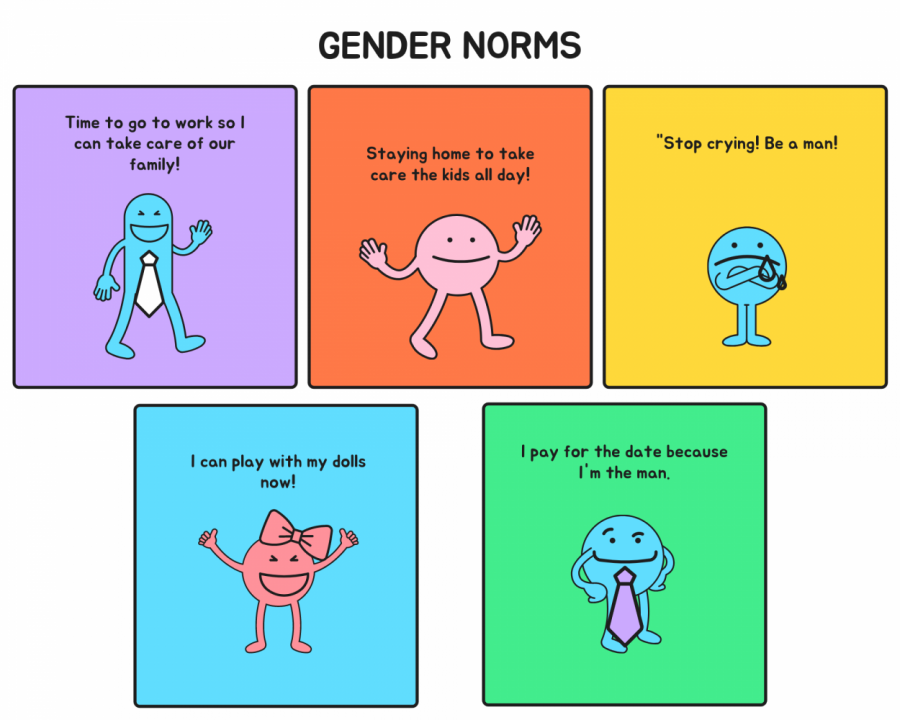The Real World Design Challenge is an annual competition for high school students to work on real world engineering challenges in a team environment. This year for the third time in four years, the Academy team has triumphed.
Two teams from the Digital Engineering classes represent Sacred Hearts Academy. The first team has completed its challenge, aviation, and won at the state level. The second team, surface transportation, continues to work on its design challenge and will submit its design notebook on March 5.
Coached by Math chair Deborah Kula, the aviation team designed an unmanned aerial system that can aid authorities in the search and rescue of lost individuals.
This team worked since October; members spent the winter break at school working 6-8 hours a day on its design of a vehicle which could develop search patterns for finding lost people within a 2-mile radius and develop a business plan “as if they were a company designing a plane, according to Kula.
The team completed its tasks and presented the engineering design notebook and a PowerPoint presentation to judges on Jan. 31.
Several days later, Governor Neil Abercrombie made the announcement of the winning team. Senior Emily Suber and juniors Catherine Sequeira, Jasmine Quinn and Angela Wong were going to Washington, D.C.
“The team knew the project well and presented a coherent and engaging report. Their enthusiasm and confidence when presenting before the judges was validated with the Governor’s announcement. I am immensely proud of the team and am excited for their opportunity to take what they have learned to Washington, D.C.,” said Kula.
In the national round which ends in a month, the team faces a challenge extention that builds on the first: to design an unmanned aerial system that can accommodate a complex search area. The original search had an open area without obstacles that made search and rescue less difficult.
The new search area is filled with trees of varying heights that impact the field of view for the vehicle’s camera sensors. The team will have to redesign search patterns to compensate for the new environment.
The team must also reevaluate the design of the plane to make sure it will fly. A fluid analysis will be conducted to ensure that the plane has enough lift to achieve flight. This form of analysis utilizes software that simulates a wind tunnel through which their simulated plane must fly.
The new design tasks will challenge the team to design a system that can complete a search and rescue as quickly and cost effectively as possible. The engineering design notebook will need to be reedited and refined to include these challenge additions.
“We put in a great deal of time and effort into our designs and we hope that our efforts will pay off,” said Suber.





























